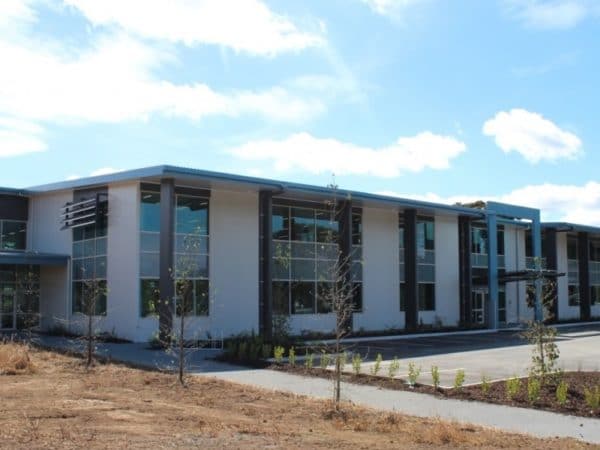Daylight Harvesting
It is now understood that daily variation of daylight intensity and spectral composition is critical to our health. Modern sustainable design places importance on ‘day-lighting’ (the use of daylight as the principal source of illumination in a given space).
Numerous studies confirm the importance of exposure to daylight to adjust our biological clocks, which in turn affects hormone levels, alertness and the overall health of staff. Buildings with day-lighting can be more valuable and attract quality tenants.

Natural Light As First Choice
Daylight Harvesting involves programming your lighting control system to choose natural light first whenever available, and to top up with artificial lighting only when necessary.
Switching or Dimming?
The first thing to consider when looking at lux control is the luminaires – are they dimmable. If they are not, the parameters for your daylight sensing will need to be set at a specific lux level to switch the luminaires either ‘on’ or ‘off’, or possibly for bi-level switching, perhaps ‘on’, ‘50%’ and ‘off’.
While such a system will provide energy savings, this on/off function could become somewhat annoying, especially on days where there is intermittent cloud cover. As well as ensuring that ‘nuisance switching’ is not an issue, the programming will also need to ensure that the life of the light fittings and the lamps is not compromised by too frequent switching.
Intelligent Dimming
Where dimming luminaires are installed, a truly intelligent system becomes possible. Daylight harvesting programming will dim up / or dim down continuously over the dimmable ballast’s range, allowing whatever light output is necessary to augment the available daylight to keep the lux levels within a predetermined range. Light harvesting when programmed well with dimming luminaires, should pass almost unnoticed by those using the space.
Low Level Lighting or Switched Off?
Traditionally when daylight harvesting was programmed, fluorescent lights were not switched completely off, even when natural light available exceeded required parameters. This was due to difficulties in switching the lighting back on at low light levels. With the emergence of solid-state lighting (SSL) most such lighting challenges have been resolved and continuous dimming control has become the expectation for today’s workplaces.
Despite this, building occupants who have not been educated around daylight harvesting controls can get confused when electric lights turn off automatically. Either a malfunction is reported to the facility manager, or the system is overridden with the lights turned back on manually, eliminating the energy savings. In this situation is is sometimes best to program the system to dim-to-low rather than to switch-to-off, to avoid confusion and potential negation of lighting savings.
Return to main Lighting Control page.



